
After touring around Brazil for a month with my girlfriend and her family, I can’t help but feel that up here in Canada, we are falling behind in terms of resource conservation.
“Wait what,” you might be thinking to yourself, “Why were you in Brazil? Did go for the World Cup?”
Sorry, no. Brazil will indeed be hosting the 2014 FIFA World Cup in less than a month, but my trip didn’t coincide with any of the games. I did however see first hand some of the new infrastructure they’ve built in preparation for the hoards of football fans now pouring in from all over the world: There’s a shiny new terminal at Guarulhos International Airport, new stadiums have popped up throughout the country, and some of the transportation systems have been expanded as well.
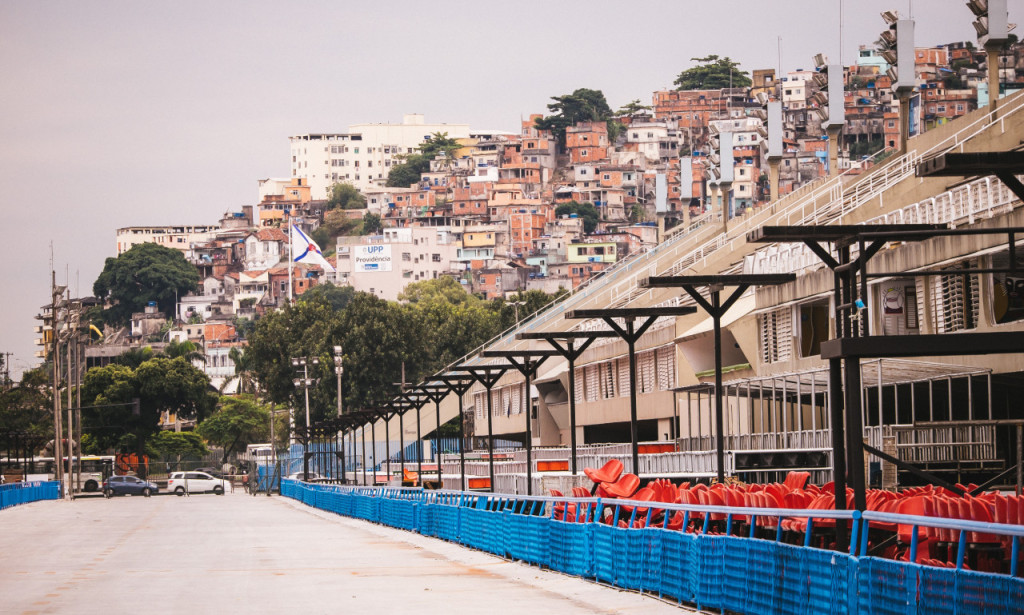
“Brazil is the fifth largest country in the world, with a population roughly ⅔ of that of the USA.”
Brazil is massive, extending more than 4,000 km from north to south. It has a diverse range of climates, cultures, languages, and foods. We visited the mandatory capital of Rio De Janeiro pictured above, but also the massive city of São Paulo, the beaches of Maragogi, the awe-inspiring waterfalls of Foz do Iguaçu seen below, and the fresh mountain air of Botucatu and Gramado.

Planes Trains and… Ethanol?
Over the course of the trip, we took at least eight different flights from seven different airports, yet still experienced only a fraction of what Brazil has to offer. On that note, if there’s one thing Brazil has to offer—aside from its natural beauty, its perfect weather, great food and about 1,000 other great things—it’s ethanol.
“Ethanol is an alternative fuel made from sugar cane, and Brazil is the largest exporter of it in the world.”
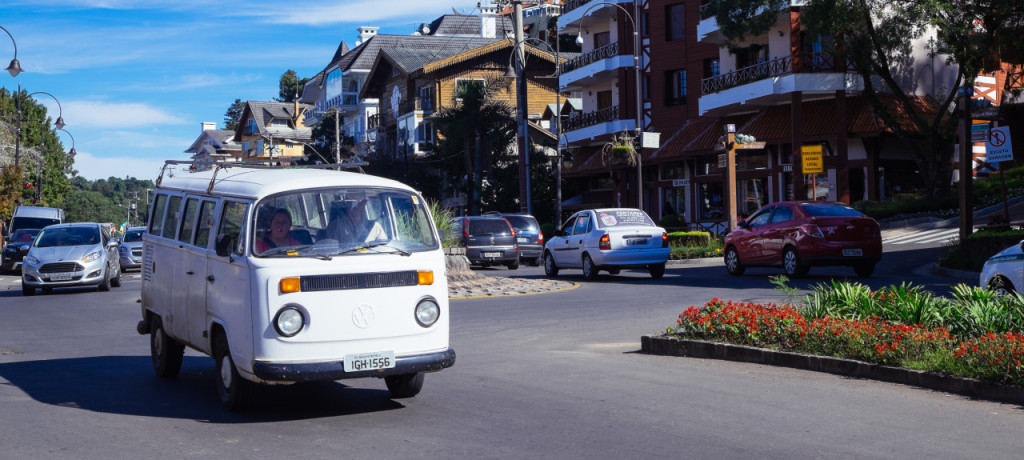
The majority of the cars in Brazil, (87% according to Wikipedia), are Flex Fuel. What that means is they can run on either gasoline or on 100% ethanol. The Brazilian government also made it mandatory to blend ethanol with its gasoline since 1976. If all of the fossil fuel in the world suddenly dried up, Brazil would quickly adapt rather than collapse like I imagine many fossil-fuel dependent countries would.
Hydro Powers Brazil
Brazil is also a massive producer of hydroelectric power. I had the opportunity to visit Itaipu Dam, a massive partnership between Brazil and Paraguay built on the Paraná River which divides the two countries. Itaipu has the second largest power output of all dams in the world and it provides 90% of the power for the entire country of Paraguay. 90%! That’s amazing!
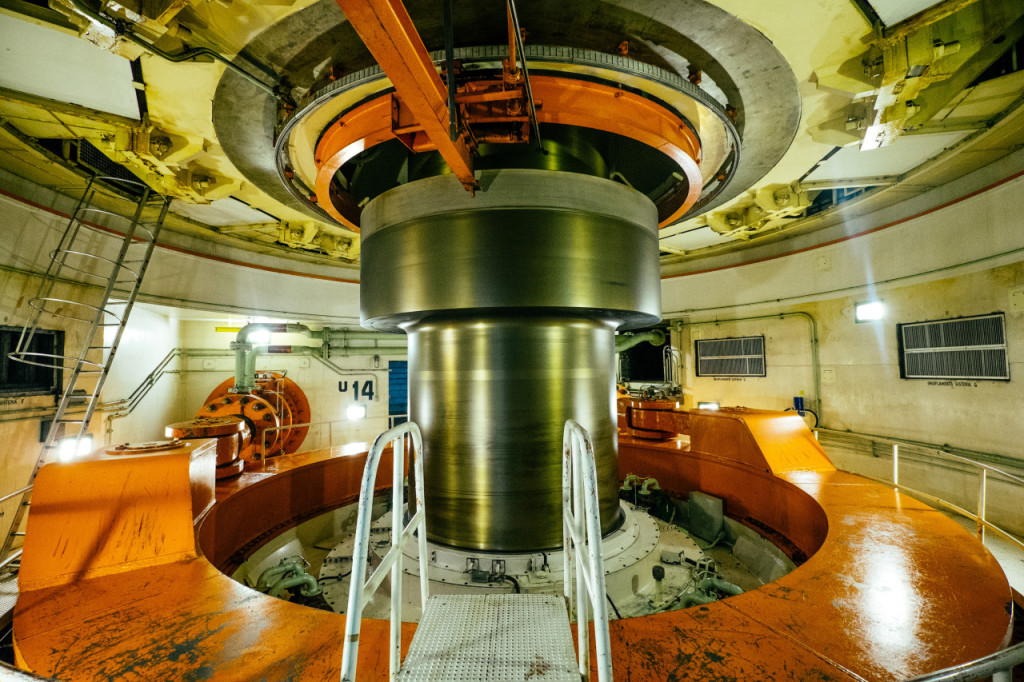
Power Smart
Besides being great at generating power, Brazil also excels at conserving it. All of the hotels I stayed in used motion-sensitive hallway lighting and key activated lights, and TVs and air conditioners turn themselves off when you leave the room.
Hotel shower heads often contained electric heaters that would heat water only while it was flowing. Sinks rarely had hot water taps at all in small homes and businesses, and some buildings had solar heated water tanks on the roof with electric backups for times without sunlight.
“What do you mean, there’s no furnace?”
The humble furnace, much taken for granted in North America, was nowhere to be found (with the exception of cold, grey Gramado, of course). When your annual temperatures swing is between +20°C and +32°C like it is in Maragoji (pictured below) you just don’t need them. Air conditioners also are not common in the homes where I stayed.
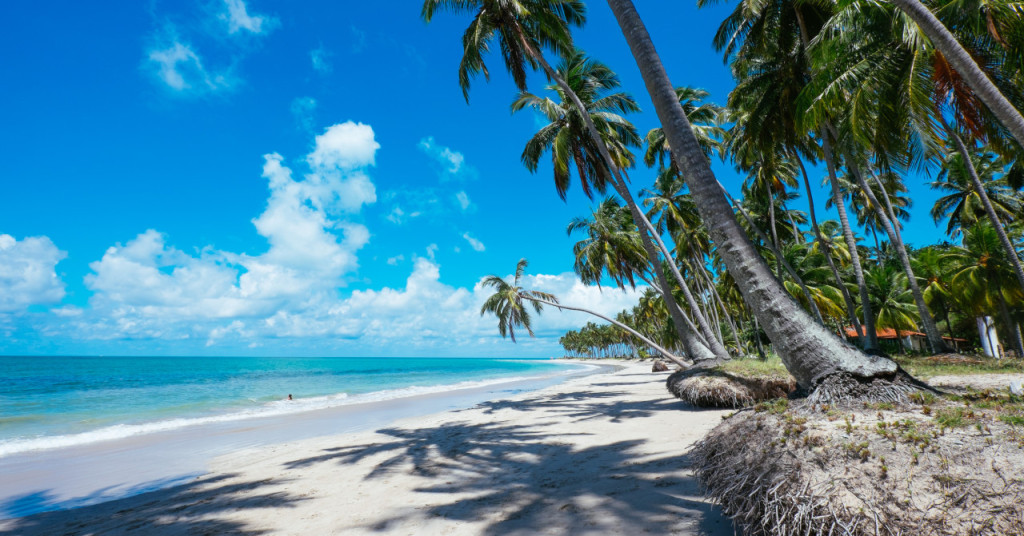
One of my favourite gizmos was the super-efficient no-heat hand dryers you’d sometimes find in public washrooms. They’re just like the dryers in car washes that push the water right off your car with flat jets of forced air—only for your hands. Dual flush toilets were also common, and I didn’t see a single bathtub the whole time I was there.
For waste disposal, public garbage cans were usually in sets of paper, plastic, metal, waste and sometimes even compost. They were also colour-coded, making it easy for people to choose the right bin.
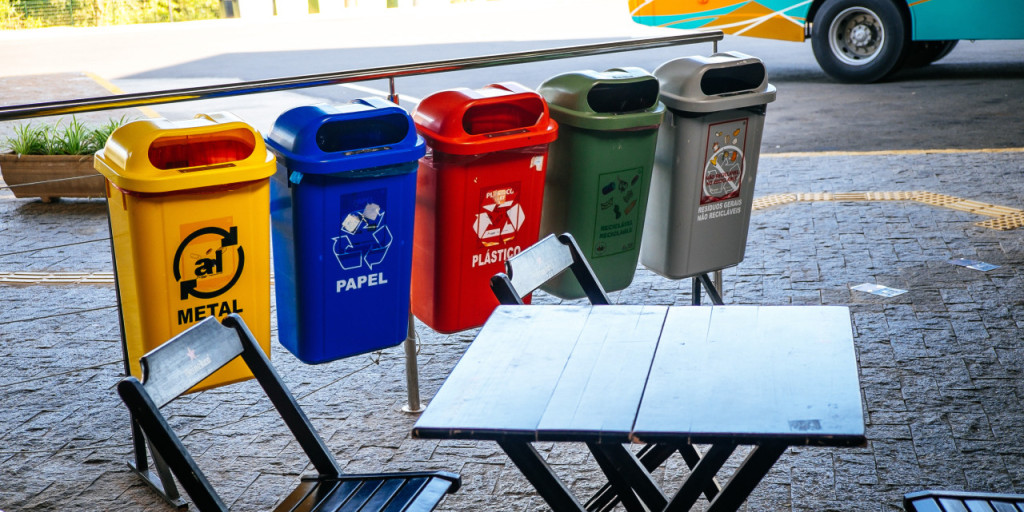
“From macro to micro, Brazil seems to be doing it right.”
Due to the dramatically different climate, and some cultural differences, it’s clear that Canada cannot easily adopt many of Brazil’s sustainability solutions as is. That said, I see a lot of room for improvement, and at the very least, we could draw some inspiration from the things Brazil is doing right.
On that note, I have to get going. I have a mountain of photos to go through and my Instragram feed isn’t going to fill itself.
To see more of Brazil, check out my Flickr Album.

